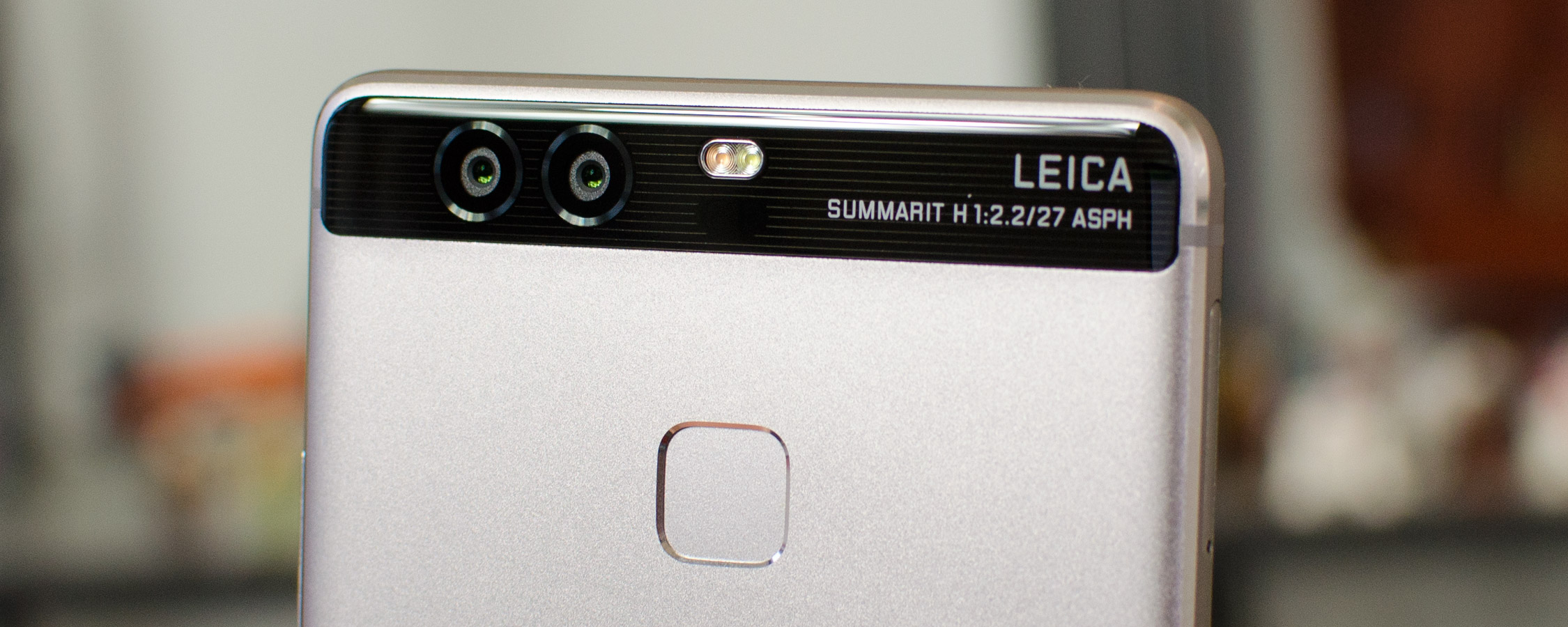A Stunning Flagship, But...
There's a lot to love about the Huawei P9. Evidence is mounting that the Chinese giant is capable of producing a stunning Android handset, and were it not for a few niggling issues, the P9 would easily be one of my favorite devices of 2016.
My favorite aspect of this device is the design. The Huawei P9 is a relatively compact 5.2-inch smartphone that's thin and light, making it easy and comfortable to use. The metal unibody chassis is seamless and looks fantastic, with curves in all the right places and just enough highlights to keep the rectangular slab from looking too familiar. Plus, Huawei has worked in USB-C and a microSD card slot, two must-have features in 2016.
The dual-camera system on the rear is one of the Huawei P9's unique features, allowing this smartphone to readjust focus and simulate different apertures. Image quality in general is fantastic, sitting a fraction behind the Galaxy S7 and LG G5 on the camera leaderboards. The ability to simulate bokeh works surprisingly well and can add extra interest to this phone's already great photos, while the two sensors combine for good low light performance and a great HDR mode.
The lack of 4K video recording is the biggest downside to the P9's camera system, and it's surprising that this feature was neglected when competitors include it across the board. It seems that the SoC is to blame for this omission, because the 12-megapixel sensors themselves should have been fine for high-resolution video capture.
Speaking of the SoC, HiSilicon's Kirin 955 is a mixed bag. On the one hand, CPU performance is just as good as the Snapdragon 820 in most tests, and this leads to good performance in general. However, Huawei has skimped massively on the GPU: the Snapdragon 820 is 3x faster in graphics workloads, and Samsung's Exynos 8890 is 2.5x faster, leading to a big performance disadvantage. The LG G5, for example, is 70% faster in on-screen tests even though it has a higher-resolution 1440p display.
I was happy with the rest of the hardware, though. Storage performance is great from the 32 GB model I had in to review. There's a ton of LTE bands supported by this handset, making it a good choice for people in any region. And you get a good range of extras, like a ridiculously fast fingerprint sensor, NFC, and Wi-Fi 802.11ac, that are all found in high-end devices in 2016.
The Huawei P9's 5.2-inch 1080p display is good without being outstanding. The resolution is lower than competing handsets, but that's not a big deal in my opinion outside of VR applications. The display has decent contrast and brightness, great viewing angles, and an oversaturated gamut that will please most users. Unfortunately, there isn't a color accurate sRGB mode, although the cold default color temperature can be corrected in the settings.
I had no complaints about the Huawei P9's battery life, with the 3,000 mAh cell performing slightly above average in most situations. Battery life didn't blow me away by any stretch, even though there are some situations where the P9 performs particularly well, however I don't think battery life will be an issue for those comfortable with charging their device every day.
My biggest complaint about this device is the software, which is poor in many regards. Huawei's EMUI includes duplicate apps and bloatware, a visual style that doesn't fit well with Android's design language, odd changes that hurt usability, annoying notifications, and mostly gimmicky additions. I did find some software settings useful, but this heavy software skin is disappointing considering the quality of the hardware.
Huawei also has a very poor track record with software updates, so I won't be holding my breath for an update to Android Nougat when it's released later this year.
When the Huawei P9 was initially released a few months ago, some complained about its surprisingly high price tag. However, the device can currently be purchased for just under $500, which is a good deal considering the current prices for its competitors. The Galaxy S7 and HTC 10 are both $100 more expensive, while the inferior LG G5 is a similar price. It's no budget flagship like the OnePlus 3, but the Huawei P9 has enough standout features – the camera and ergonomic design in particular – to justify a marginal premium price tag.
score
Pros: Excellent, ergonomic design. The dual-camera system is unique and produces wonderful photos. Decent system performance with a blazing fast fingerprint sensor.
Cons: EMUI is a heavy, lackluster software skin. Poor GPU performance. No 4K video recording.



